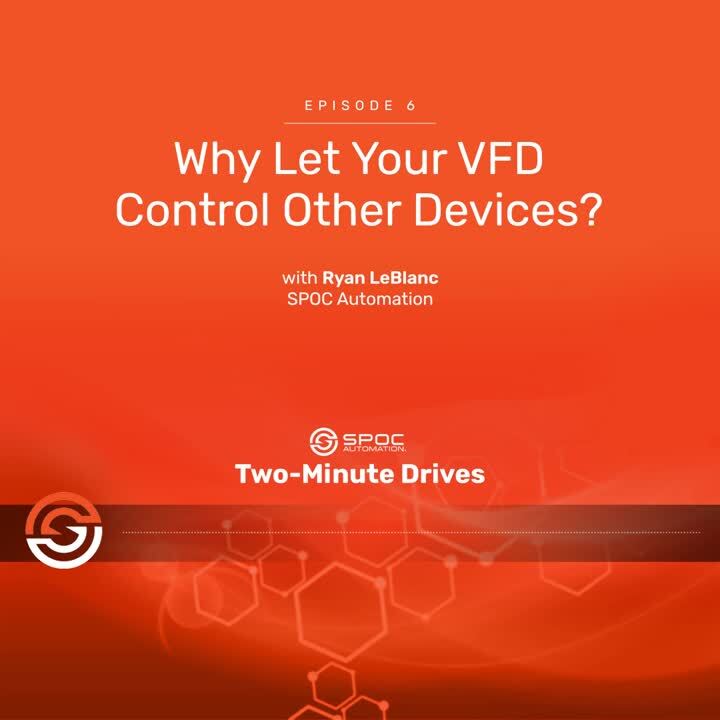
bLJG1tA2LwymighRaLjTHt
Transcript
Hi, my name is Ryan LeBlanc. I work for SPOC Automation and I am one of their field-service technicians stationed in San Antonio, servicing South Texas, East Texas and parts of West Texas. I’m here today to talk to you a little bit about why it’s an advantage to bring your field devices into the SPOC VFD over a PLC in an application such as saltwater disposal.
On a saltwater disposal, you typically have that PLC running everything. You have all your devices, all your safeties, all your controls going through that PLC. What you might see as an advantage moving forward is actually having the safeties and kills coming from the pump skid to the VFD that’s controlling it.
This gives you several advantages. One, you have more control if the PLC goes down for any reason. The VFD can still run independently and within a few minutes, you can change where the run-permissive command is coming from to a local source and get your pump back up and running until the issue is resolved with the PLC.
A second point to consider, almost anyone can maintain or change anything in the VFD with tech support. We do a very elaborate, very detailed wiring diagram that we put on the inside of our cabinets, making tracing out wires and troubleshooting easy and approachable for people with any skill level. Where a PLC has a bunch of logic blocks and numbers and letter tags on wires that don’t necessarily make any sense and typically don’t come with a field-wiring diagram handy.
Another point you might want to keep in mind is if you make changes to the PLC. That kind of programming has to be done by a specialist who that takes the entire site down for an untold amount of time until they’re finished.
Compare that to a SPOC VFD package where our HMI software can be loaded onto a thumb drive and pushed into the HMI by anybody. We also offer tech support to walk you through any issue. The typical answers are in our manuals, which is very easy to use, and you can get back up and going and still have the PLC monitoring the rest of the location while you’re working on just the VFP.
Lastly, I wanted to talk to you about a data logger. If you have the PLC program do it, it’s typically a one-off data trace on one analog signal or one value that you’re monitoring. Versus a VFD package where we are monitoring everything inside of the WiseGuy. And you can load all of your data onto a CSV file and anybody can read it. You don’t need any special programs. You don’t need special access. The data is there for engineers to analyze the runtime to predict preventive maintenance schedules, for operators to see how well their pumps are running and whoever else really needs to look at it for any reason.
These are just a few reasons why it might be advantageous for you to have the field devices coming to the VFD package instead of the PLC. Thank you and have a great day.



